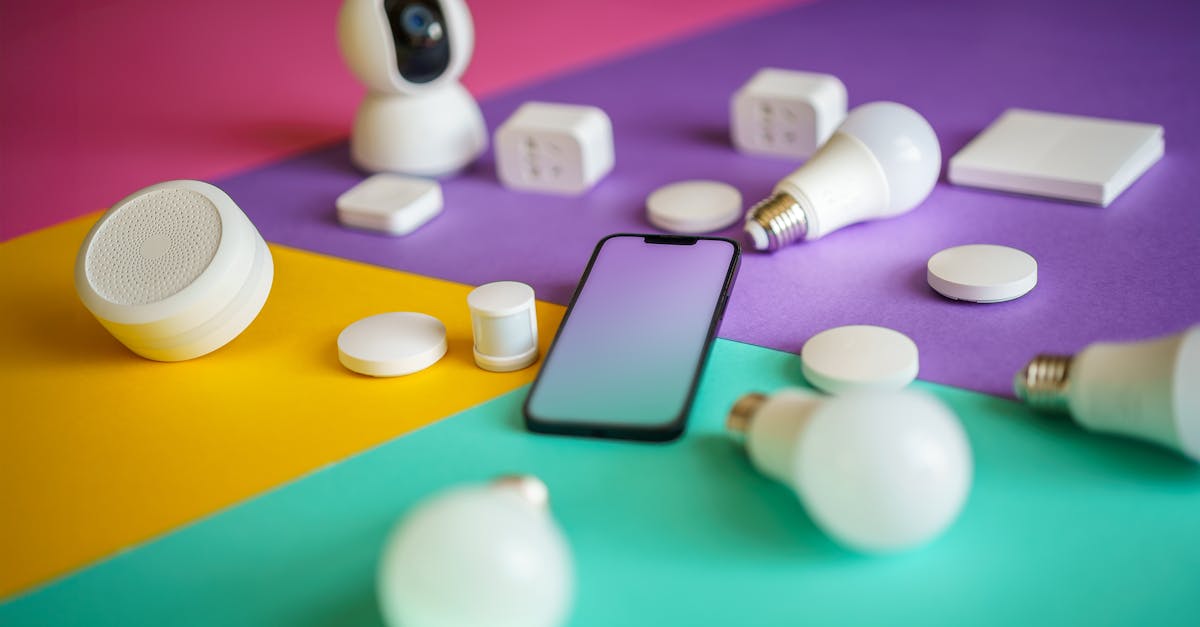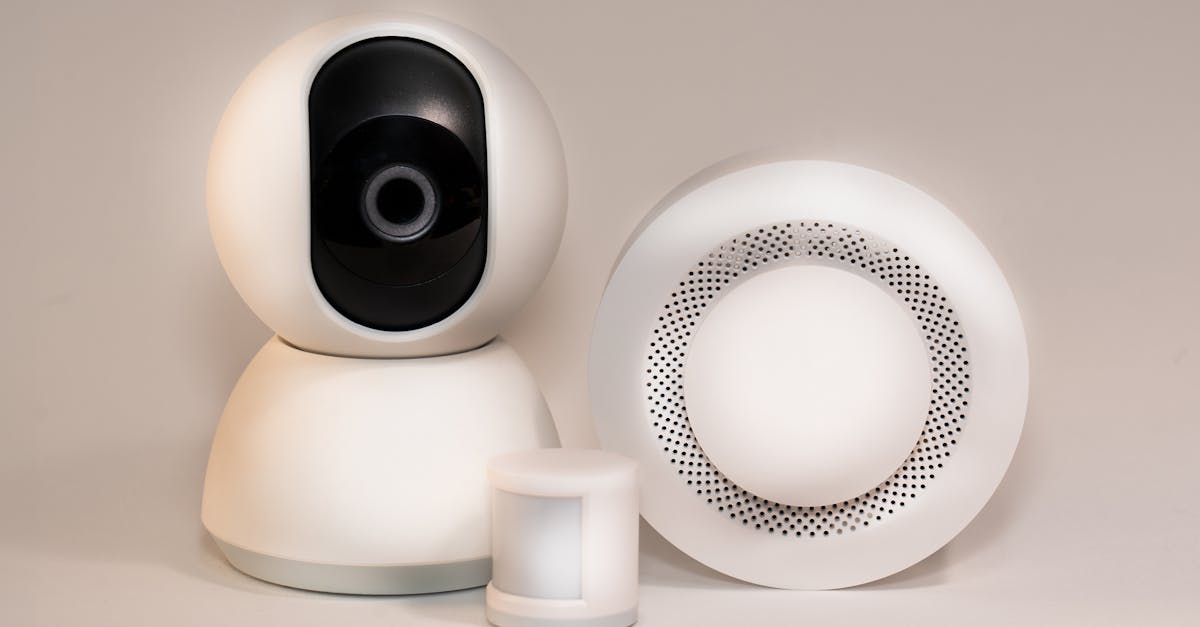Imagine your home as a living, breathing entity, constantly communicating its needs and adjusting itself to be more efficient and comfortable. Smart sensors make this possible by turning your home into a responsive space that adapts to you. Whether you’re concerned about foundation monitoring or interested in energy savings, embracing smart technology can transform the way you live. These sensors provide valuable insights into your home’s structural health and enhance its operational efficiency, making your life easier and more secure.
Your home can benefit from these advancements in many surprising ways. Real-time data from smart sensors can warn you about potential problems like foundational shifts before they become serious issues. Through IoT technology, you gain a deeper understanding of everything happening in your home, from energy usage to environmental conditions. This allows for predictive maintenance and helps you make informed decisions about your living space. By integrating smart devices with advanced platforms, you unlock a new level of convenience and insight.
Ready to explore how to revolutionize your home with these modern marvels? Discover simple steps to harness the power of smart sensors and elevate your home experience. Let’s dive in!

Photo provided by Artem Podrez on Pexels
Within the post
Step 1: Understand Smart Sensors
Basics of IoT Technology
First, you need to learn about IoT technology. This technology connects various devices in your home so they can interact with each other. For example, your thermostat can talk to your lights. This connection helps in creating a seamless home experience. You’ll find that these connected devices work together to make your home smarter and more efficient.
Role of Smart Sensors
Next, discover how smart sensors are used in home automation. They play a crucial role by detecting changes in the environment, like temperature or movement. These sensors help automate tasks like turning on lights when you enter a room. So, you can enjoy a more convenient and energy-efficient home life. It’s amazing how smart sensors enable your home to respond to your needs automatically.

Photo provided by Jakub Zerdzicki on Pexels
Step 2: Choose Your Sensors
Foundation Monitoring Options
Now, it’s time to select the right sensors for your needs. For instance, foundation monitoring sensors are crucial if you want to keep an eye on your home’s foundation health. These sensors can provide real-time alerts if there are any shifts or cracks. Therefore, you can address issues before they turn into major problems. Consider which specific sensors fit your home’s unique needs.
Structural Health and Predictive Maintenance
Ensuring your home’s safety is critical. Structural health sensors and predictive maintenance come to the rescue here. These technologies monitor the wear and tear of your home and help you plan maintenance tasks in advance. This way, you save both time and money by repairing only when necessary. Indeed, smart sensors provide predictive maintenance solutions that are invaluable for your peace of mind.

Photo provided by Jakub Zerdzicki on Pexels
Step 3: Set Up Sensor Integration
Integrate with Home Systems
Connecting your sensors to your existing home systems is the next step. This process, known as sensor integration, allows all your devices to work together seamlessly. Once integrated, you can control everything through a single app or platform. It’s a streamlined way to manage your home. Therefore, integrating sensors boosts home efficiency and convenience immensely.
Ease of Remote Monitoring
Remote monitoring offers you the advantage of keeping an eye on your home from anywhere. Whether you’re at work or on vacation, you can check on your home’s status with ease. This feature gives you peace of mind, knowing that everything is under control. You’ll realize that smart sensors collect and send valuable data no matter where you are.

Photo provided by Jakub Zerdzicki on Pexels
Step 4: Leverage Real-Time Data
Importance of Data Analytics
Analyzing the data collected by your smart sensors helps in making smarter decisions. Data analytics enables you to understand patterns and predict future needs. For example, you might find that your air conditioning runs more often during certain times. You can then adjust settings to save energy. Consequently, using data analytics leads to smarter, more informed decisions.
Real-Time Data for Quick Actions
Real-time data allows you to act quickly if there are any issues. If a sensor detects unusual activity, you get an immediate alert to your phone or device. This quick access ensures you can take necessary actions to prevent bigger problems. It’s like having a vigilant guardian always watching over your home. As a result, real-time data ensures prompt reactions to keep everything running smoothly.

Photo provided by Jakub Zerdzicki on Pexels
Step 5: Monitor and Maintain
Regular Checks for Optimal Function
Regularly checking your sensors ensures they work efficiently. Routine maintenance helps avoid unexpected breakdowns and extends the life of your devices. Therefore, schedule checks every few months to make sure everything is in top shape. You’ll find that regular maintenance improves sensor performance and reliability.
Smart Sensors in Predictive Maintenance
Smart sensors play a key role in predictive maintenance. They continuously monitor your home’s systems and alert you to any potential issues before they become serious. This capability saves both time and money, as you avoid emergency repairs. Implementing smart repair solutions with sensors proves to be a wise investment, ensuring your home stays in excellent condition.
Transform Your Living Space
By embracing modern sensor technology, you unlock the potential of a truly intelligent home. Sensors bring conveniences like enhanced security, real-time monitoring, and energy savings. They also provide valuable insights into your home’s environment, contributing to efficiency and peace of mind. With these benefits, you create a space that not only functions smarter but also feels more secure and efficient.
To get started, begin with small, manageable steps. Start by selecting one or two sensor types like motion or environmental sensors that address your immediate needs. Next, integrate them with your smart home platform to begin enjoying seamless operation and valuable data. A gradual approach allows you to comfortably explore more applications over time.
Now is the perfect time to take action. Explore the options available, and make the first move toward transforming your home. Embrace the change and enjoy how technology simplifies your life, one step at a time.
